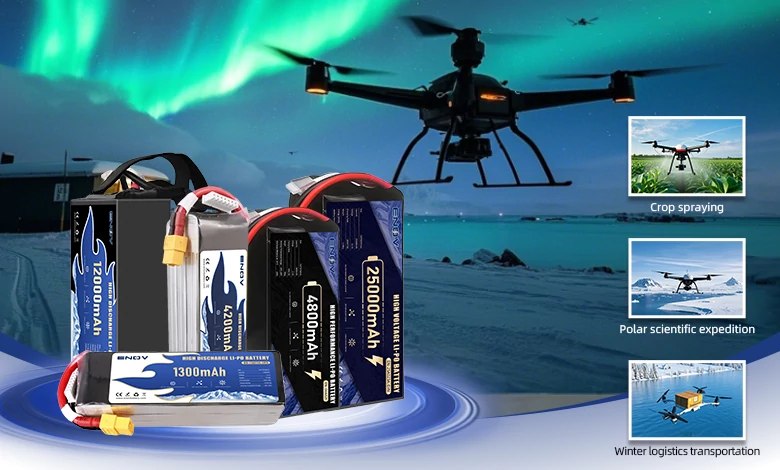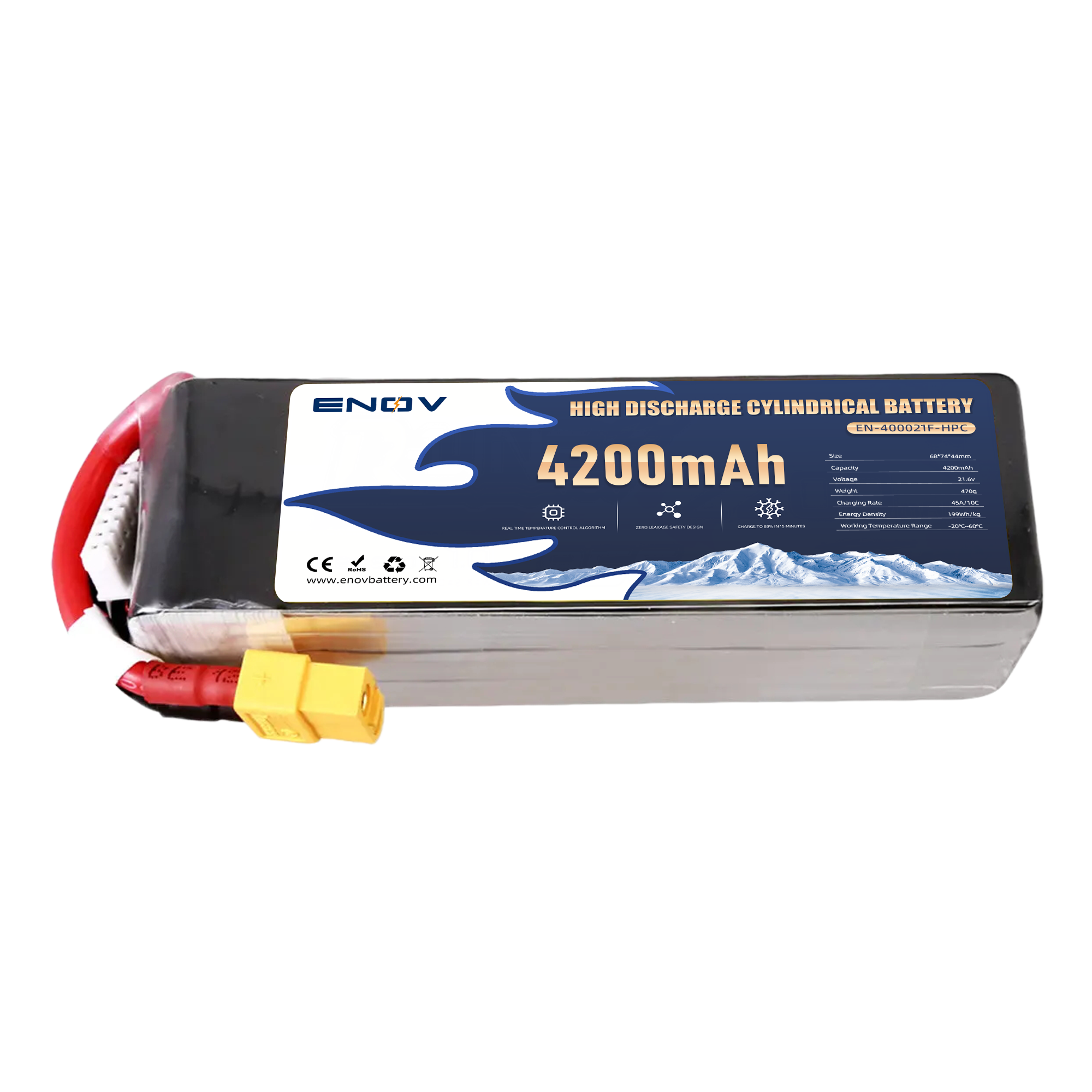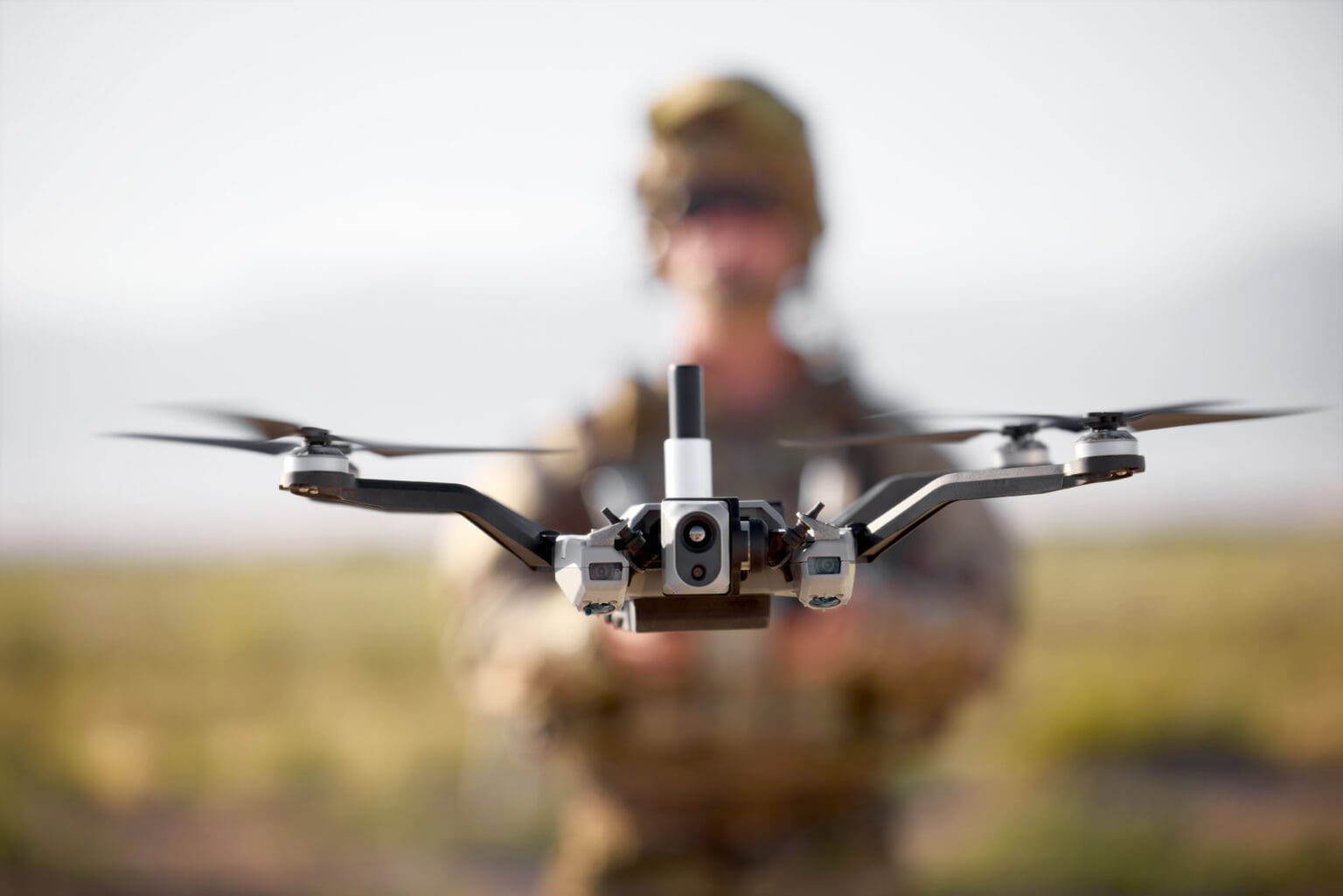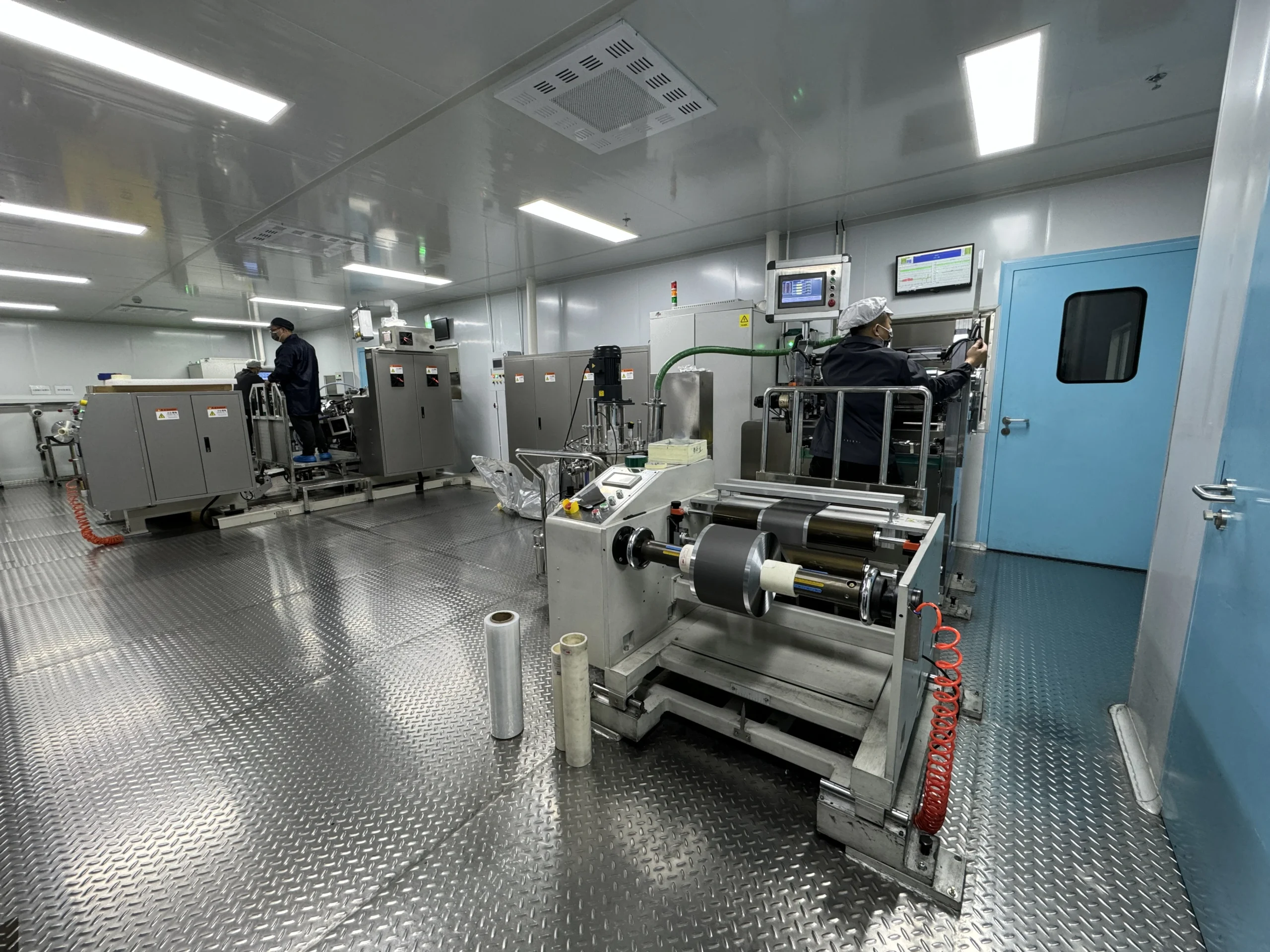Compliance and Environmental Safety:
Building Responsible and Resilient Business Practices
Compliance and environmental safety are cornerstones of modern business operations, ensuring organizations meet regulatory obligations while minimizing ecological impact. By integrating robust frameworks, companies can mitigate risks, enhance operational efficiency, and foster sustainable growth. This approach spans industries—from manufacturing to energy—and addresses challenges like waste management, emissions control, and worker safety. Below, we explore the principles, tools, and strategies driving compliance and environmental safety in today’s global landscape.
thrust
1. Core Principles of Compliance and Environmental Safety
A successful compliance and environmental safety strategy rests on three pillars:
Regulatory Adherence: Governments and international bodies enforce standards to protect ecosystems and human health. For instance, agencies like the EPA and OSHA mandate emissions limits, hazardous waste disposal protocols, and workplace safety measures. Compliance ensures legal accountability and avoids penalties.
Risk Mitigation: Proactive identification of hazards—such as chemical leaks or equipment failures—prevents accidents. Tools like risk assessments and predictive analytics enable businesses to address vulnerabilities before they escalate.
Sustainability Integration: Beyond compliance, environmental safety focuses on reducing carbon footprints and promoting circular economies. Initiatives include energy-efficient processes, recycling programs, and adopting renewable resources.
2. Technology-Driven Solutions for Modern Challenges
Advanced technologies streamline compliance and environmental safety efforts:
EHS Software: Centralized platforms automate data collection, incident tracking, and regulatory reporting. These systems monitor air quality, waste management, and safety inspections in real time, ensuring transparency and audit readiness.
AI-Powered Analytics: Machine learning models predict equipment failures, optimize energy use, and identify non-compliance trends. For example, AI-driven "battery passports" track lithium-ion battery lifecycles, enhancing recycling efficiency and reducing environmental harm.
IoT Sensors and Data Loggers: Connected devices monitor environmental parameters like temperature, humidity, and emissions. Real-time alerts enable swift responses to anomalies, such as overheating machinery or unsafe chemical levels.
3. Overcoming Implementation Barriers
Despite its benefits, achieving compliance and environmental safety requires addressing challenges:
Data Security: Protecting sensitive operational data from breaches is critical. Encrypted communication and AI-based threat detection safeguard systems against cyberattacks.
Global Regulatory Complexity: Multinational companies must navigate varying regional laws. Modular software architectures adapt to local requirements, while cloud-based platforms centralize compliance management across geographies.
Employee Training: Cultivating a safety-first culture demands continuous education. Interactive EHS training modules and certification programs ensure staff understand protocols, from handling hazardous materials to emergency response.
4. Future Trends: Automation and Green Innovation
Emerging trends are reshaping compliance and environmental safety:
Smart Automation: Robotics and AI reduce human error in high-risk tasks. Autonomous drones inspect infrastructure for safety violations, while self-healing materials repair equipment without manual intervention.
Circular Economy Models: Companies are prioritizing waste-to-resource strategies. For instance, lithium-ion battery recycling programs recover critical minerals, aligning with sustainability goals and reducing reliance on raw materials.
Green Certifications: Stakeholders increasingly demand proof of eco-conscious practices. Certifications like ISO 14001 validate environmental management systems, boosting brand reputation and market competitiveness.
Conclusion
Compliance and environmental safety are not just regulatory checkboxes—they are strategic imperatives for resilient, future-ready businesses. By leveraging technology, fostering innovation, and prioritizing sustainability, organizations can turn compliance into a competitive edge. As global regulations tighten and consumer expectations evolve, proactive adoption of these practices will define industry leaders in the decades ahead.

UAV DRONE battery
Enov UAV battery has the most advanced UAV battery new technology, it has a lightweight structural design, ultra-high energy density, stable continuous discharge, customized ultra-high instantaneous discharge, wide temperature working range, stable charge and discharge, battery materials can choose high nickel terpolymer positive/silicon carbon negative material system combined with semi-solid battery technology. Or choose a more mature application of more UAV lithium battery technology, available UAV battery nominal voltage 3.7V, capacity 18.0Ah ~ 30.0Ah, support 10C continuous discharge and 120C pulse discharge (3 seconds). With ultra-high energy density (220-300Wh/kg) as its core advantage, Enov UAV batteries can meet the needs of long-term endurance scenarios such as plant protection drones and transport drones, while maintaining stable emission performance in extremely low temperature environments (-40℃).
Other products
START-STOP LITHIUM BATTERY
LITHIUM ENERGY STORAGE BATTERY
QUICK INQUIRY
FAQ
Access to high frequency technical questions with one click, get accurate answers on product application, after-sales policy and customization process.
Service and Support
Get the latest product specifications, explore professional OEM/ODM customization services, click to open exclusive technical support and production solutions.
Become a Partner
We sincerely invite resources to interconnect, work together for win-win development, and immediately open a new chapter of strategic cooperation!










